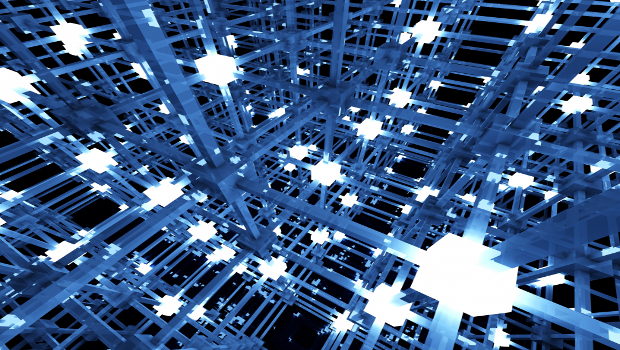A massive survey by the Pew Research Centre about the Internet of Things (IoT) in 2025 is very optimistic about the future of the technology. But even though the report seemingly tramples on IoT sceptics, its responses are filled with questions, doubts and caveats.
Some 1,600 people in the technology industry, academia, consulting, law and others with expertise on this issue were surveyed, and 83% agreed that the Internet of Things, embedded and wearable computing, will “have widespread and beneficial effects” by 2025.
The report included a written response from Karl Fogel, a partner at Open Tech Strategies, which helps organisations run and launch open source projects. Fogel’s note focused on wearables — and was scalding: “No, yuck, we don’t need this, and most people aren’t asking for it.”
Fogel, in an interview, wondered aloud about whether the Pew’s 83% finding suffered from a bias. The people with the motivation to respond may also be promoting the IoT, he said.
“If you are a sceptic why would you bother answering the survey?” said Fogel, who said he only responded because he thought the report was interesting.
Lee Rainie, director of Pew’s Internet Project, said the report is based on an opt-in survey, and that its thrust is qualitative rather than quantitative. While the overwhelming majority believe that IoT “will be a big force in the culture,” the respondents did include a lot of caveats, he acknowledged.
Rainie said that even if respondents were positive, overall, about the IoT, many positioned their responses in the “yes, but” category.
Dave Clark, a senior research scientist at MIT’s Computer Science and Artificial Intelligence Laboratory, wrote that “the ability to put a scan tag on ‘anything’ will create a much more fluid and interwoven linkage between things in the ‘real world’ and their cyber-counterparts.
This ability will provide many conveniences and benefits. By analogy, GPS has created a world in which people no longer ‘get lost.’ A scannable world will be one in which people are always able to get information about essentially anything they encounter.”
But Clark was more cautious about wearables.
There will be conveniences and privacy violations. There will be new ways for people to connect, as well as new pathways towards isolation, misanthropy, and depression
“Devices like Google Glass may become popular, or may fail to prove their worth. But in more than 10 years, I suspect some sort of device that gives a cyber-overlay on the real world will be in use. I am ambivalent about this future,” wrote Clark.
Bob Briscoe, chief researcher in networking and infrastructure for British Telecom believed industrial and health IoT applications, not consumer ones, are the most likely to take off.
“The most likely areas where the IoT will be realised will be in supply chain logistics and automating workforce administration — i.e., dispensing healthcare, logging materials used in fitting and service of goods, vehicles, etc., as well as the administration of cleaning, catering, and hospitality tasks. Industrial and commercial applications are much more likely to have taken hold than these attention-grabbing consumer widgets, which have only superficial economic effect,” wrote Briscoe.
Justin Reich, a fellow at Harvard University’s Berkman Centre for Internet and Society, wrote that the IoT “will have widespread beneficial effects, along with widespread negative effects.”
“There will be conveniences and privacy violations,” wrote Reich. “There will be new ways for people to connect, as well as new pathways towards isolation, misanthropy, and depression,” he said.
Hal Varian, Google’s chief economist, said in his response: “We will expect things to respond to vocal commands. We will be able to say ‘TV, pause’, ‘lights, on’, ‘temperature, up’, and so on. We will able to control our home systems remotely, particularly from our car. This technology will be so cheap that it will naturally be incorporated into most appliances and devices.”
Patrick Thibodeau, Computerworld








Subscribers 0
Fans 0
Followers 0
Followers